Brad Pitt Tried To Quit One Of His Most Important Movies
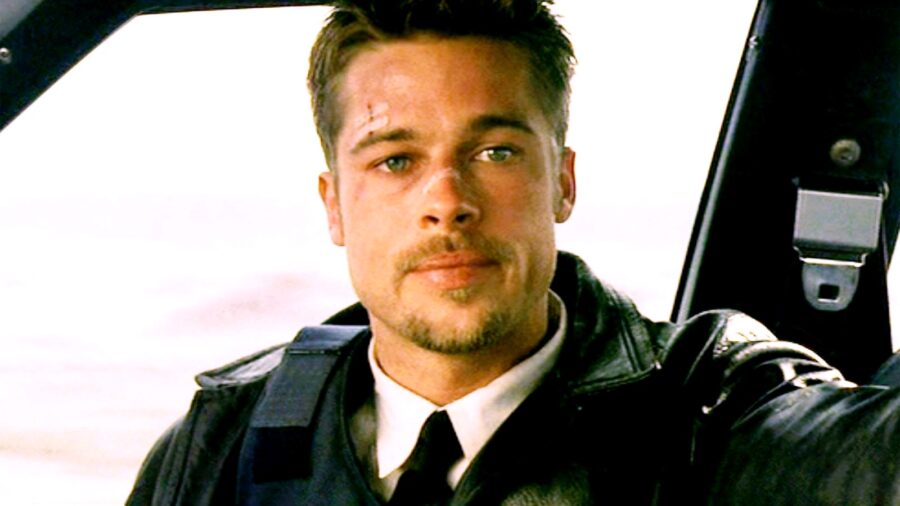
In a fascinating behind-the-scenes revelation, director Ed Zwick unveiled that Brad Pitt may not be the most easygoing actor to work with. In his book Hits, Flops, and Other Illusions: My Fortysomething Years in Hollywood, Zwick described difficulties working with the actor in the 1994 epic Legends of the Fall. The director described Pitt’s near-departure from the film that would end up becoming one of the most important projects in his filmography, all thanks to the difference of opinion between the actor and the director.
Brad Pitt Wanted To Leave Legends Of The Fall
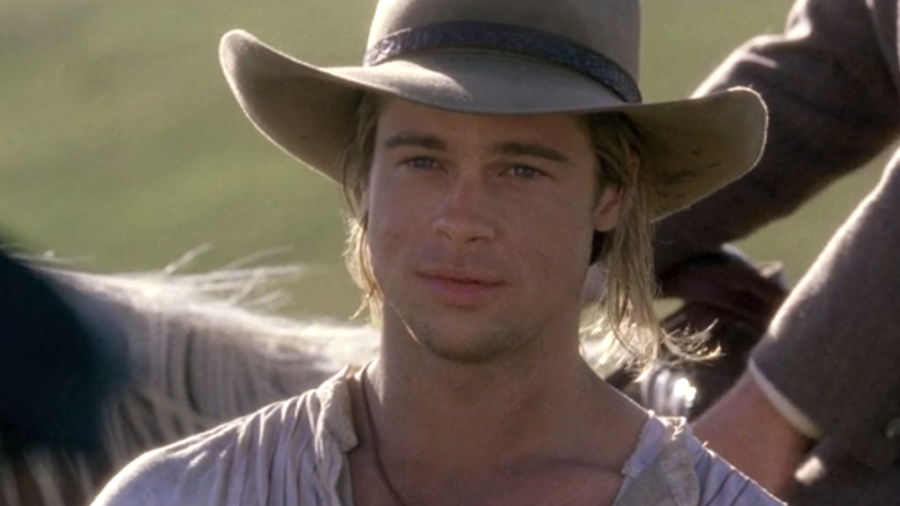
According to Zwick, Tom Cruise—whom Brad Pitt had just worked with in Interview with the Vampire the previous year—was supposed to take on the lead role of Tristan in Legends of the Fall. However, Cruise withdrew due to personal reservations about the character’s motivations. Pitt stepped in to fill the vacancy, yet tensions surfaced early on.
Problems Arose Early In Production
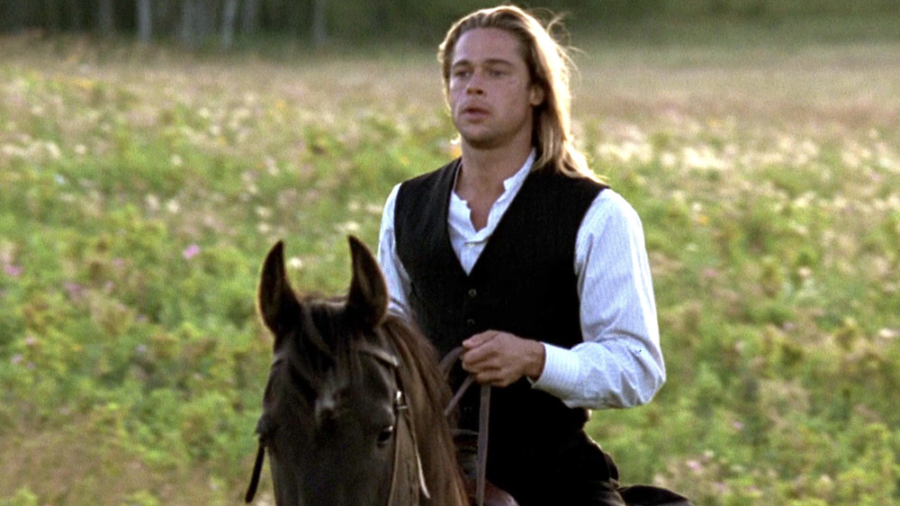
In his book, Zwick vividly recalls a pivotal moment just before shooting commenced, when Brad Pitt’s discomfort became palpable during a table read with co-stars Anthony Hopkins and Julia Ormond. Following the reading, Pitt’s agent conveyed the actor’s desire to abandon the project, prompting producer Marshall Herskovitz to intervene and persuade Pitt to stay.
Brad Pitt And The Director Clashed
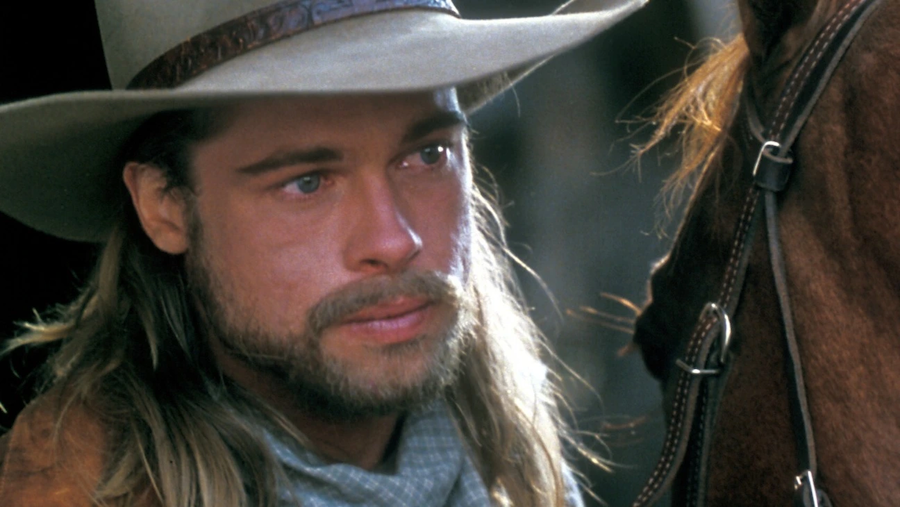
While Brad Pitt stayed on the project, that wasn’t the end of Zwick’s troubles with the actor. Describing the project in detail, the director explained how there is often friction between creative vision and actor autonomy, describing how that friction showed up on set as Pitt resisted exhibiting the profound emotions demanded by his role. Zwick’s insistence on delving into the depths of Tristan’s psyche clashed with Pitt’s inclination to portray emotional restraint.
This discord escalated into heated confrontations, epitomized by a memorable altercation where Zwick attempted to direct Brad Pitt in front of the crew, igniting a verbal exchange that cleared the set.
A Mutual Dedication For Artistic Excellence
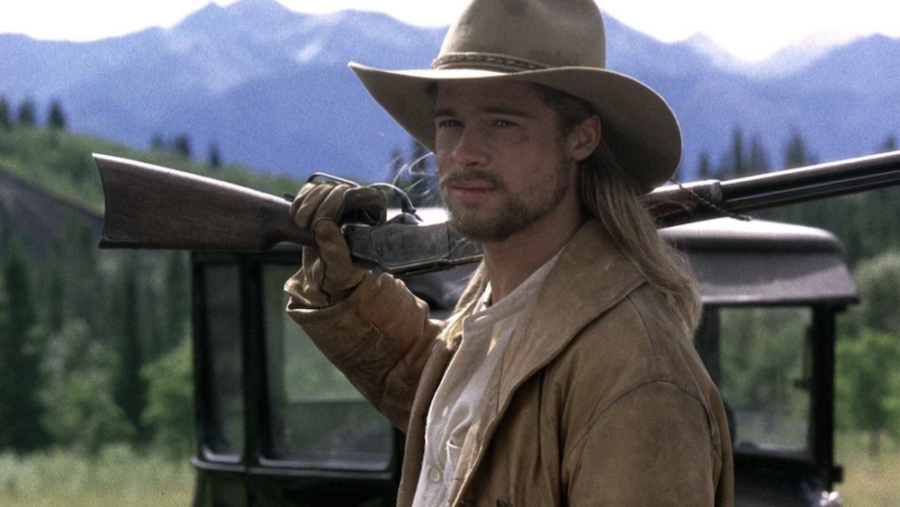
In the book, the director candidly reflects on the power dynamics at play, acknowledging the fine line between assertive direction and overbearing dominance, particularly within the context of male director-male star dynamics. Despite the clashes, Zwick attests to Brad Pitt’s unwavering commitment and professionalism, emphasizing their mutual dedication to achieving artistic excellence.
Even after the film wrapped, tensions lingered as Brad Pitt expressed dissatisfaction with the final cut, believing his character’s complexity had been understated.
Did The Tension Make Pitt’s Performance Better?

In his recounting, Zwick parallels his experience with Brad Pitt and other contentious collaborations in Hollywood, underscoring the creative tension that often fuels cinematic brilliance. He references the clash between George Clooney and David O. Russell during the making of Three Kings as a testament to artistic partnerships’ volatile yet transformative nature.
A Breakthrough Role For Brad Pitt
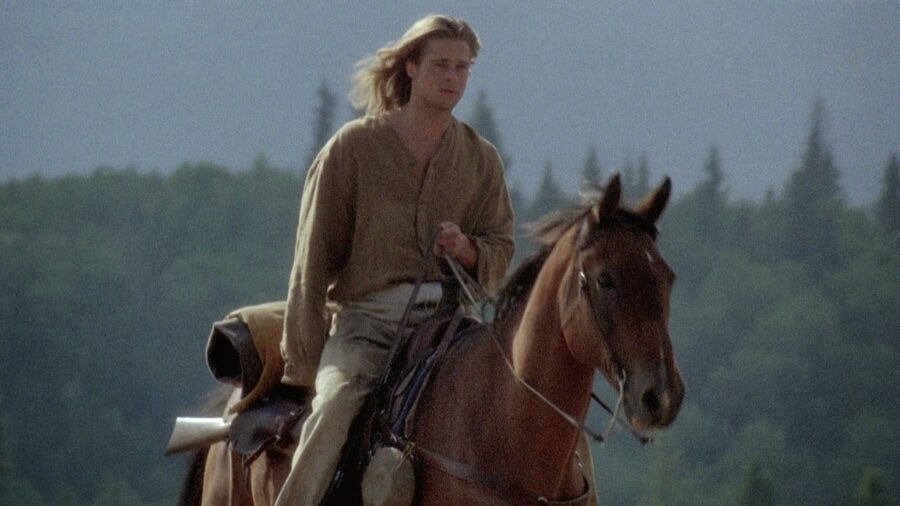
Ultimately, Zwick’s narrative offers a candid exploration of the intricate dynamics inherent in filmmaking, where divergent perspectives and egos collide in pursuit of cinematic excellence. Brad Pitt’s decision not to quit Legends of the Fall ultimately proved beneficial for his career. The film further cemented Pitt’s status as a leading man in Hollywood and paved the way for future acclaimed performances in iconic films such as Fight Club, Se7en, and The Curious Case of Benjamin Button.












